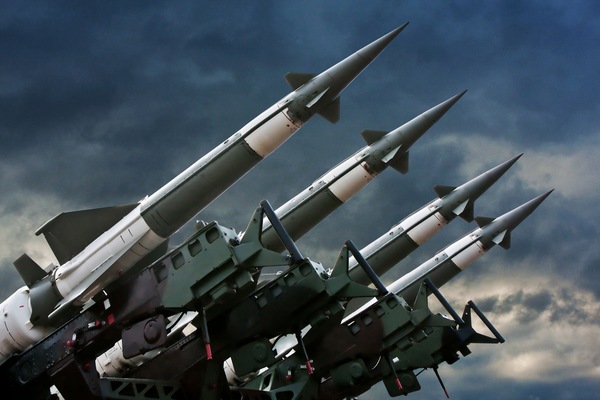
In the world of resilient navigation systems, sensor fusion is an umbrella term that is growing in popularity. It does not refer specifically to GPS or INS systems but rather the amalgamation of all available information to generate the most accurate locational information in all conditions – including GPS-denied environments. To accomplish this, GPS/INS systems utilize a plethora of complex components to provide navigational solutions. In order to better understand how we manufacture our navigation systems, first understand some major components that go into them.
Global Positioning Systems (GPS)
Global positioning has been a staple of civilian life for many years. We have relied on it in everyday applications for driving directions, geotracking, and more. GPS is especially useful in avionics navigation and navigation systems for aircraft. By receiving information from GPS satellites, the receiver can calculate its own position and time. However, the downside to GPS reliability is that the connection between satellite and receiver can easily be jammed by natural terrain, landscaping, and other man-made methods.
Inertial Navigation Systems (INS)
In situations where GPS might fail, inertial navigation systems are able to continuously calculate exact location without the need for external references. These systems house a central processing unit that is able to ingest information from multiple sensors and process its location and movement. The measurement of movement produced by INS systems is relative to its last known position and without that crucial information, it will not be able to pinpoint location. By working in conjunction with a GPS, INS can be given its starting location and then calculate movement from there.
Vision Aided Navigation
Photogrammetry is another potential source of information for GPS/INS systems to process. A vision aided navigation system uses cameras to collect imagery of the surrounding environment to recognize and track objects, which feeds crucial navigation information to the main system. This proves to be especially practical in GPS-denied environments such as tunnels where the GPS/INS system can still function without a satellite connection.
Various Sensors
INS systems may not directly measure velocity, but they do use accelerometers to keep track of how much acceleration there is and how long it lasts in order to calculate velocity. Multiple accelerometers arranged in perpendicular formations enable GPS/INS systems to measure acceleration through three dimensional space.
Gyroscopes are great at measuring rotation, which they do by employing one or more spinning rotors that are suspended in a system isolated from external torque. Given that the rotors of a gyroscope will want to maintain their initial axis of motion, sensors can be applied to measure the change in orientation of the external frame to which it is attached. In this case, it would be whichever avionics system is using GPS/INS.
Odometers provide GPS/INS systems with an additional measurement of how far something has traveled. In addition to the other measurements calculated by GPS/INS systems in GPS-denied environments, odometers can aid in inertial navigation to assist movement through areas where a signal is denied.
The toughest environments demand the most dependable solutions. At ASEI, we customize navigation solutions for a variety of platforms, equipment, and vehicles using our amazing GPS/INS systems. Reach out to us today to learn how our capabilities can be applied to the unique needs of your project.